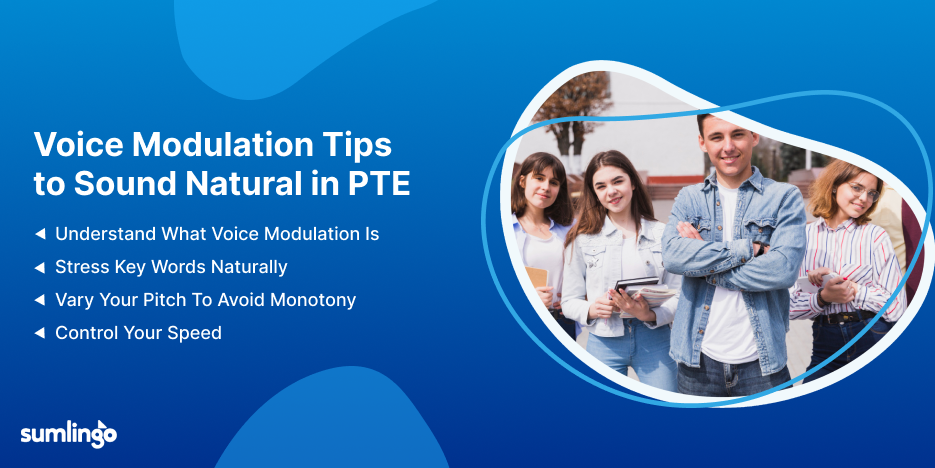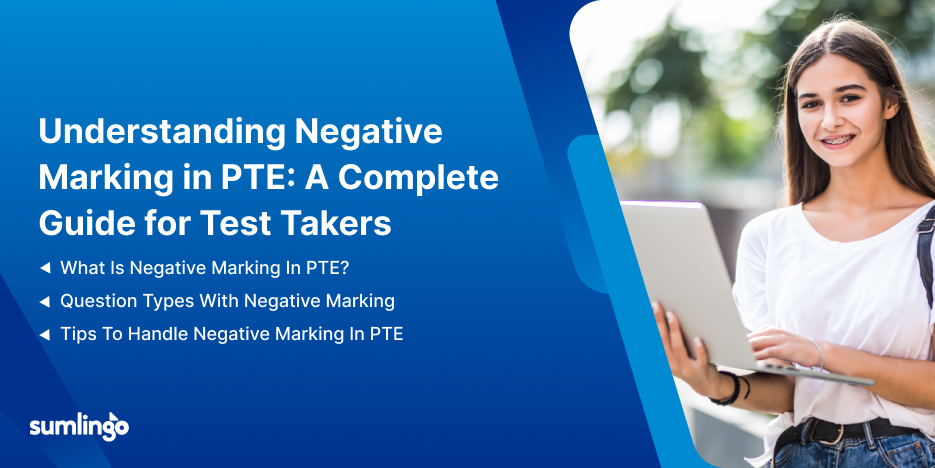When planning to move to Canada, one crucial step is to demonstrate your proficiency in the English language. This is a requirement for Canadian immigration, and you must pass a language proficiency test. Among the most commonly accepted tests are PTE Core and CELPIP. Both of these tests measure your English skills in speaking, listening, reading, and writing, but they have different structures and formats. In this blog, we’ll explore the differences between PTE Core and CELPIP to help you choose the one that fits your needs best.
Overview of PTE Core and CELPIP
Both the PTE Core and CELPIP are approved by the Canadian government for immigration purposes. These tests assess the four key language skills that are important for daily life and work in Canada.
- PTE Core: PTE Core is a computer-based exam designed to evaluate your English proficiency through a mix of different question types, focusing on the real-world application of language skills.
- CELPIP: The CELPIP test is also computer-based and evaluates Canadian English in a practical, real-life context. It uses everyday English and vocabulary drawn from common, daily situations, making it a natural choice for applicants aiming to settle in Canada.
Are you ready to test your skills?
Test Structure and Question Types
The structure of PTE Core and CELPIP is similar in that they both test speaking, listening, reading, and writing skills, but they differ in their question types and formats.
Speaking Section
- PTE Core: This section includes the following tasks:
- Personal Introductions: You introduce yourself.
- Read Aloud: You read a passage aloud.
- Repeat Sentences: You repeat sentences spoken by the speaker.
- Describe Images: You describe an image shown to you.
- Respond to Situation: You respond to a scenario or prompt.
- Answer Short Questions: You answer brief questions based on everyday topics.
- CELPIP: The speaking section in CELPIP involves the following tasks:
- Giving Advice: You advise about a situation.
- Talking About a Personal Experience: You talk about a personal experience in detail.
- Describing a Scene: You describe a given scene.
- Making Predictions: You predict what might happen in a given situation.
- Comparing and Persuading: You compare two items or persuade someone on a topic.
- Dealing with a Difficult Situation: You explain how you would handle a difficult situation.
- Expressing Opinions: You express your opinion on an issue.
- Describing an Unusual Situation: You describe a situation that is out of the ordinary.
Writing Section
- PTE Core: In the writing section, you’ll be asked to:
- Summarize Written Text: You summarize a passage of text into a shorter form.
- Write an Email: You write an email based on a situation or prompt.
- CELPIP: The writing section in CELPIP includes:
- Task 1: Writing an email.
- Task 2: Responding to survey questions or writing about a given issue.
Reading Section
- PTE Core: In the reading section, the tasks include:
- Reading & Writing: Fill in the Blanks: You fill in missing words in a passage.
- Multiple Choice, Multiple Answers: You choose multiple correct answers.
- Reorder Paragraphs: You reorder scrambled paragraphs to form a coherent passage.
- Fill in the Blanks: You complete sentences with the appropriate words.
- Multiple Choice, Single Answer: You choose one correct answer from a list.
- CELPIP: In the reading section, you’ll encounter tasks such as:
- Part 1: Reading correspondence like emails and messages.
- Part 2: Reading to apply a diagram or chart.
- Part 3: Reading for information in short articles or instructions.
- Part 4: Reading for viewpoints, such as opinions or perspectives.
Listening Section
- PTE Core: The listening section in PTE Core includes the following:
- Summarize Spoken Text: You listen to a short recording and summarize it.
- Multiple Choice, Multiple Answers: You listen to an audio clip and select multiple answers.
- Fill in the Blanks: You listen to a recording and fill in missing words.
- Multiple Choice, Single Answer: You listen to a clip and choose one correct answer.
- Select Missing Word: You listen to an audio clip and select the missing word.
- Highlight Incorrect Words: You listen to a transcript and identify errors.
- Write from Dictation: You listen to a sentence and transcribe it correctly.
- CELPIP: In the listening section, you’ll encounter tasks such as:
- Part 1: Listening to problem-solving conversations.
- Part 2: Listening to daily life conversations.
- Part 3: Listening for specific information (like details or facts).
- Part 4: Listening to news items.
- Part 5: Listening to a discussion or debate.
- Part 6: Listening for viewpoints or opinions.
Are you ready to test your skills?
Scoring System: PTE Core vs. CELPIP
The PTE Core and CELPIP scoring systems are different, but both are aligned with the Canadian Language Benchmark (CLB) levels. Here’s how the scores compare for both tests:
PTE Core Scoring to CLB Levels
| CLB Level | PTE Core Score | Listening | Reading | Speaking | Writing |
| 10 | 89-90 | 89-90 | 88-90 | 89–90 | 90 |
| 9 | 82–88 | 82–88 | 78–87 | 84–88 | 88–89 |
| 8 | 71–81 | 71–81 | 69–77 | 76–83 | 79–87 |
| 7 | 60–70 | 60–70 | 60–68 | 68–75 | 69–78 |
| 6 | 50–59 | 50–59 | 51–59 | 59–67 | 60–68 |
| 5 | 39–49 | 39–49 | 42–50 | 51–58 | 51–59 |
| 4 | 28–38 | 28–38 | 33–41 | 42–50 | 41–50 |
| 3 | 18–27 | 18–27 | 24–32 | 24–32 | 32–40 |
CELPIP Scoring to CLB Levels
| CELPIP Level | Description | CLB Level |
| 12 | Advanced proficiency in workplace & community | 12 |
| 11 | Highly effective proficiency | 11 |
| 10 | Effective proficiency | 10 |
| 9 | Good proficiency | 9 |
| 8 | Adequate proficiency | 8 |
| 7 | Developing proficiency | 7 |
| 6 | Acquiring proficiency | 6 |
| 5 | Adequate proficiency for daily life | 5 |
| 4 | Some proficiency in limited contexts | 4 |
| 3 | Limited ability for immediate needs | 3 |
| 1–2 | Insufficient information to assess | NA |
| 0 | Test Component might be missing | NA |
Are you ready to test your skills?
Frequently Asked Questions (FAQs)
What is the validity of PTE Core and CELPIP scores?
Both PTE Core and CELPIP scores are valid for two years from the test date when used for Canadian immigration purposes.
What is the overall test duration for PTE Core and CELPIP?
The PTE Core test takes about 2 hours to complete, while the CELPIP test is a slightly longer 3-hour test.
What is the minimum age to take PTE Core and CELPIP?
To take PTE Core, you must be at least 16 years old, while the minimum age for CELPIP is 18 years.
Is CELPIP harder than PTE Core?
The difficulty of CELPIP versus PTE Core depends on individual language proficiency levels. CELPIP uses everyday English and focuses on practical language, while PTE Core includes a variety of question types that may be more challenging for some.
Can I retake the PTE Core and CELPIP tests?
- CELPIP: You can register for no more than one test session within five calendar days.
- PTE Core: You can take the test more than once a month, but you’re limited to 12 attempts within 12 months. In some cases, you may be granted permission to take the test more times.










